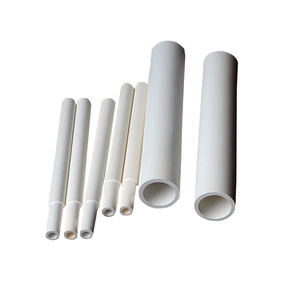Discover Premium Ceramic Products | Durability & Elegance United | Advanced Ceramics
PRODUCT PARAMETERS
Description
Introduction to Alumina Ceramics
Alumina ceramics are known for their high hardness, wear resistance, corrosion resistance, good electrical insulation and high temperature stability. According to the different alumina content, it can be divided into different grades, such as 95 porcelain, 99 porcelain, etc., among which 99 porcelain refers to ceramic materials with an alumina content of 99%. As the alumina content increases, its mechanical strength and electrical insulation properties will also increase accordingly.
Characteristics of Alumina Ceramics
High Hardness: Alumina ceramics have extremely high hardness, which makes it very wear-resistant and suitable for manufacturing abrasive tools and parts that require wear resistance.
Wear resistance: Due to its high hardness, alumina ceramics show excellent wear resistance and are suitable for manufacturing parts for long-term use.
Corrosion resistance: Alumina ceramics have good resistance to most acids and alkalis, making them widely used in the chemical industry.
Good electrical insulation: As an excellent electrical insulating material, alumina ceramics are widely used in electronic and electrical products.
High temperature stability: Ability to withstand extremely high temperatures without significant physical or chemical changes, which makes it an ideal choice for applications in high temperature environments.
Biocompatibility: In the medical field, certain grades of alumina ceramics are used to make medical devices such as artificial joints due to their good biocompatibility.
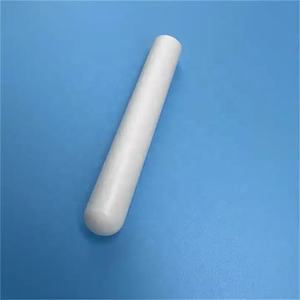
(Laboratory Processes Alumina Ceramic Crucible)
Specifications of Laboratory Processes Alumina Ceramic Crucible
The alumina ceramic crucible is made for high-temperature research laboratory processes. It handles demanding applications in materials scientific research, chemistry, and metallurgy. The crucible is made from high-purity alumina (Al ₂ O SIX). This makes certain stability in extreme conditions. The make-up consists of over 99% alumina content. This lessens contamination throughout experiments. The material withstands chemical rust. It functions well with acidic and alkaline settings.
The crucible stands up to temperature levels as much as 1750 ° C. It preserves structural honesty under extended warm exposure. Thermal shock resistance is a crucial function. Quick temperature modifications do not trigger cracking. This makes it appropriate for repeated heating and cooling down cycles. The low thermal expansion coefficient reduces anxiety throughout temperature level changes.
Mechanical stamina is high due to dense sintering. The crucible resists wear, abrasion, and deformation. It has a smooth surface area coating. This prevents sample adherence and simplifies cleansing. The layout includes an uniform wall thickness. Heat circulation continues to be consistent during usage.
Criterion dimensions vary from 5 mL to 500 mL capacities. Personalized measurements are offered for specialized needs. The crucible is compatible with most research laboratory furnaces and kilns. It collaborates with oxidizing and inert atmospheres. Electric insulation residential or commercial properties protect against disturbance in sensitive procedures.
Applications consist of melting, calcination, and sintering of products. It is made use of for ash screening, sample preparation, and chemical analysis. The crucible fits glass, steel, and ceramic handling. Its resilience lowers substitute frequency. Handling is straightforward as a result of light-weight building.
Cleaning approaches include ultrasonic treatment or acid cleaning. The crucible stays non-reactive throughout these procedures. Correct care expands service life. Storage space recommendations include completely dry, contaminant-free settings. Stay clear of mechanical impact to prevent chipping.
The item fulfills industry criteria for research laboratory tools. Quality control ensures batch-to-batch consistency. Examining covers porosity, thickness, and thermal efficiency. Each crucible is inspected for flaws before packaging.
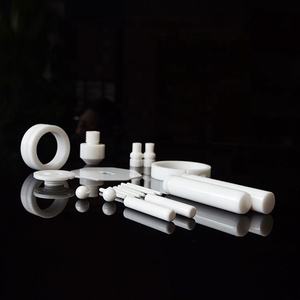
(Laboratory Processes Alumina Ceramic Crucible)
Applications of Laboratory Processes Alumina Ceramic Crucible
Laboratory processes alumina ceramic crucibles are essential devices in many scientific and industrial settings. These crucibles take care of high-temperature jobs reliably. They stand up to extreme heat, making them suitable for thawing steels like gold or platinum. Their capability to withstand temperatures approximately 1800 ° C makes sure steady performance in heaters or kilns.
Chemical stability is another key feature. Alumina ceramic crucibles do not respond with acids, alkalis, or various other harsh substances. This makes them ideal for experiments involving destructive materials. Labs utilize them for chemical analysis or synthesizing compounds without contamination threats.
Thermal shock resistance is essential for processes involving quick temperature modifications. These crucibles sustain abrupt heating or cooling without splitting. This toughness is important in applications like glass manufacturing or catalyst testing.
Electric insulation residential or commercial properties broaden their usage in electronic devices research. Alumina ceramic crucibles isolate electrical components during high-heat treatments. This serves for generating semiconductors or ceramic layers.
Sturdiness reduces replacement expenses. Alumina ceramic crucibles outlast options like quartz or porcelain. Their tough surface withstands wear, maintaining structural integrity over repeated use. This long life makes them affordable for lasting jobs.
Industrial applications include metallurgy and material scientific research. Labs count on these crucibles for alloy development or evaluating mineral make-ups. They additionally serve in environmental testing, such as ash content decision in gas.
Taking care of unsafe products safely is an additional advantage. The non-porous structure avoids leakages or absorption of hazardous substances. Scientist trust fund them for contaminated or reactive example control.
Custom-made shapes and sizes satisfy certain speculative needs. Alumina ceramic crucibles been available in numerous designs, from shallow meals to tall cylinders. This flexibility supports varied study needs.
Relieve of cleansing streamlines maintenance. Deposits from high-temperature procedures do not adhere to the smooth surface area. A quick rinse or wipe recovers the crucible for reuse.
These crucibles support precision in laboratory work. Consistent performance guarantees trusted data collection. Scientists depend upon them for repeatable lead to critical experiments.
Cost effectiveness and reliability make alumina ceramic crucibles a common selection. Labs throughout fields like chemistry, materials design, and electronic devices take advantage of their flexible residential properties.
Company Introduction
Advanced Ceramics founded on October 17, 2014, is a high-tech enterprise committed to the research and development, production, processing, sales and technical services of ceramic relative materials and products.. Since its establishment in 2014, the company has been committed to providing customers with the best products and services, and has become a leader in the industry through continuous technological innovation and strict quality management.
Our products includes but not limited to Silicon carbide ceramic products, Boron Carbide Ceramic Products, Boron Nitride Ceramic Products, Silicon Carbide Ceramic Products, Silicon Nitride Ceramic Products, Zirconium Dioxide Ceramic Products, Quartz Products, etc. Please feel free to contact us.(nanotrun@yahoo.com)
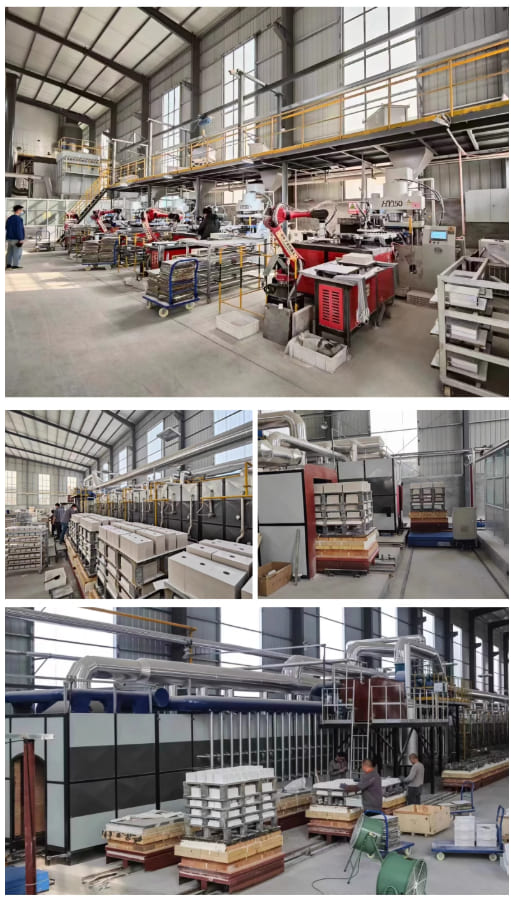
Payment Methods
T/T, Western Union, Paypal, Credit Card etc.
Shipment Methods
By air, by sea, by express, as customers request.
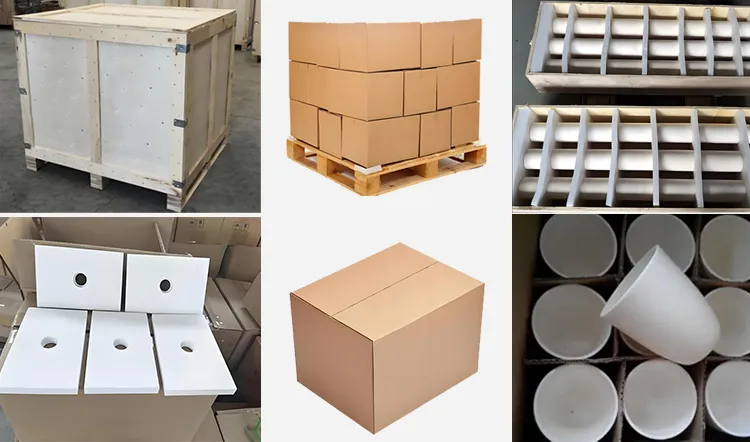
5 FAQs of Laboratory Processes Alumina Ceramic Crucible
Alumina ceramic crucibles handle high-temperature applications. What maximum temperature do they withstand? They resist temperatures up to 1800°C. Their dense structure prevents cracking under rapid heating. This makes them suitable for melting metals or ash analysis.
How should these crucibles be cleaned after use? Remove residue by soaking in diluted acid. Avoid abrasive scrubbing to prevent surface damage. Rinse thoroughly with distilled water. Dry completely before reuse to avoid thermal shock.
Why pick alumina crucibles over other materials? Alumina offers better chemical resistance than porcelain or quartz. It resists acids and alkalis better. It lasts longer in corrosive environments. This reduces replacement costs over time.
Can alumina crucibles crack during sudden temperature changes? Yes. Rapid heating or cooling causes stress. Preheat crucibles gradually before high-temperature use. Place them in a furnace at room temperature. Raise the temperature slowly by 5-10°C per minute.
What’s the difference between high-purity and regular alumina crucibles? High-purity alumina contains over 99% Al2O3. It performs better in extreme conditions. Regular alumina has lower purity but works for routine tasks. Choose based on required thermal stability and budget.
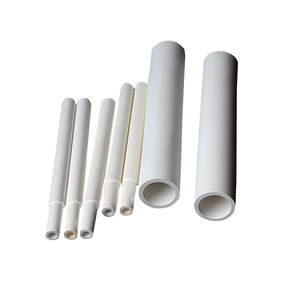
(Laboratory Processes Alumina Ceramic Crucible)
REQUEST A QUOTE
RELATED PRODUCTS
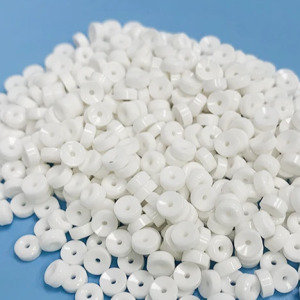
Long Service Life Materials Made of Ceramics 95 99 Al2o3 Insulator Alumina Ceramic Ring

Customization 99% Alumina Ceramic Tube For Furnace Heater
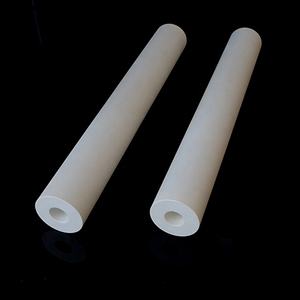
Industrial Electrical Technical Machinery Custom High Heat Resistant Ceramics Alumina Structural Parts

Custom Alumina Ceramic Al2o3 Boats
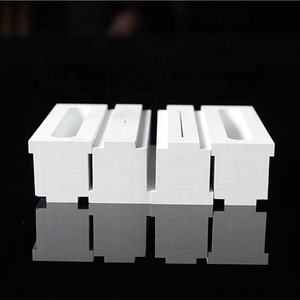
Customized Top Quality Wear Resistant Corrosion Resistant Alumina Zirconia Ceramic Industry Parts


